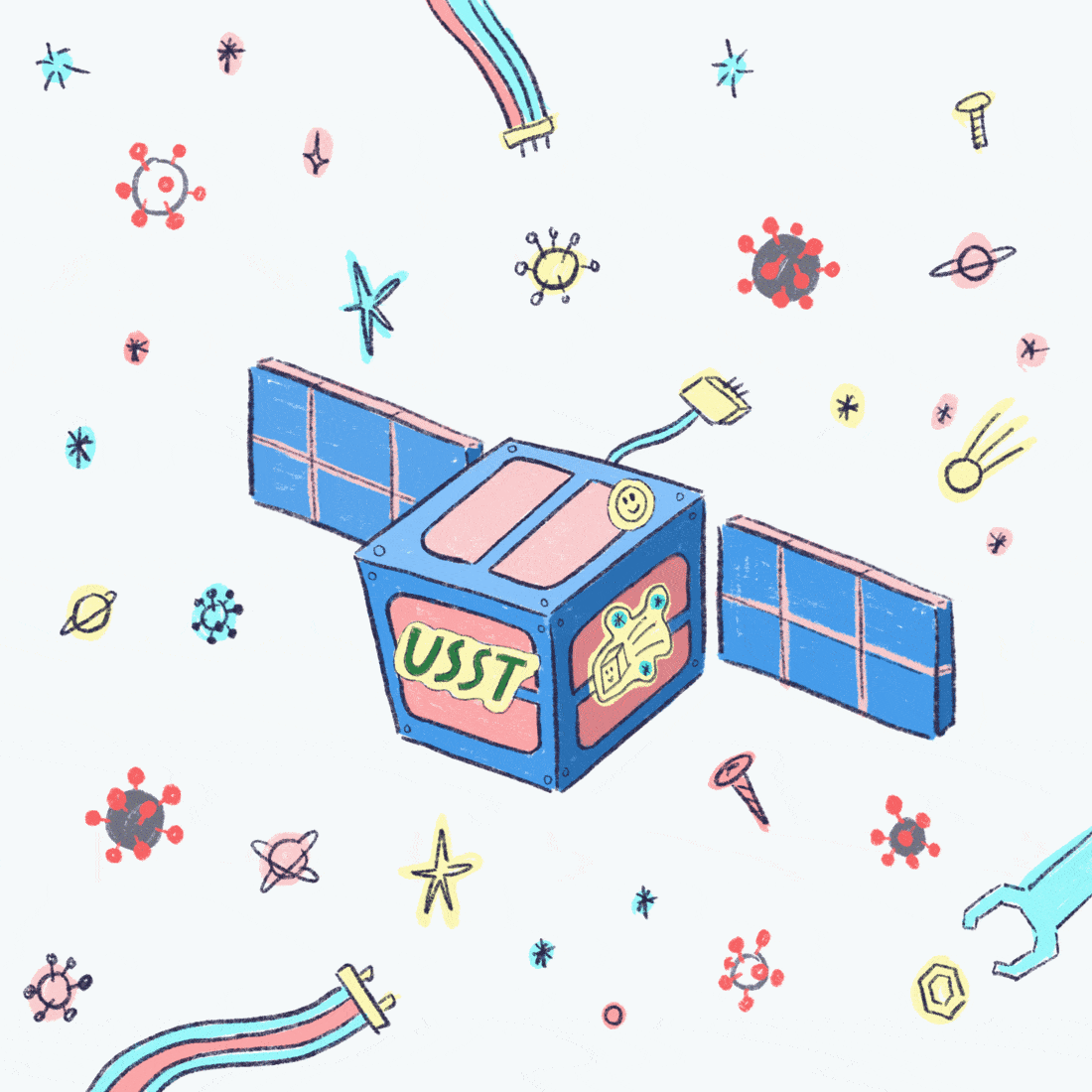
Rough terrain is nothing new for the University of Saskatchewan Space Design Team. From cube satellites to space rovers, the group is driven to overcome hurdles and excel at their mission.
The arrival of COVID-19 was a sudden interruption to the USST’s work, but it is just another challenge to overcome while working on their bigger projects — the CubeSat and a Mars rover, for example.
Christopher Elash, the financial project manager for the CubeSat project, says that the team did remarkably well throughout the summer by working on different parts of the satellite remotely.
“There was a bit of a jump to do everything from online … but I think our team did a really excellent job of really picking up the pace and adapting well to the online environment,” Elash said.
Elash’s team works on RADSAT-SK, which the USST calls “Saskatchewan’s first home-grown satellite”. A part of the Canadian CubeSat Project, the satellite will launch around 2021. The USST has been making progress on the project and Elash says that most of the simulations and 3D modelling can be done remotely. The main challenge lies in the testing phase of the process.
Elash says that safety is a top priority for the team. When testing needs to be done, one member will go in, wear a mask and conduct tests based on careful planning.
“At least we can do some testing but it’s definitely not ideal because the more eyes, the more hands there, the better… We’re somewhat limited to only just a few people,” Elash said.
Zachary Read, the team’s president, says that keeping people involved proved difficult when students had to adjust to sudden course changes and upcoming finals back in March. Additionally, teaching new members in an online environment limits the inventory of skills they can teach as compared to in-person training.
“The team really exists to teach students how to do these things,” Read said. “And so not being able to go into the lab and show somebody the kind of the more practical and applied sides of things… is kind of a downside.”
However, that hasn’t deterred newer members from diligently keeping pace.
“Our first-years and our newer members [have] done a remarkable job of actually getting right into the thick of it and doing their best to learn and get caught up with the project,” Elash said.
For Elash and Read, the team’s progress on both projects makes them hopeful for the future of the USST. Read says that the team values collaboration and sharing knowledge, and anticipates the new opportunities that being a part of the USST will provide for members.
“The team exists to teach students and spread this love and share knowledge on space and the cool things that you can do there,” Read said. “I’d just like to see the team keep growing and to keep doing new projects, learning new things and sharing that with people.”
Elash says that working on the satellite, a project that began around May 2018, has been a “surreal experience” in the midst of a pandemic.
“I hope that this would inspire some students to think of a new project that can be the first in Saskatchewan… I hope that we inspire more students to get involved with STEM and just do great things with their career,” Elash said.
“I hope that our success can inspire the next generation of engineers, computer scientists [and] business students, to reach for the stars and do something that hasn’t been done before.”
—
Fiza Baloch | Staff Writer
Graphic: Anh Phan | Design Editor